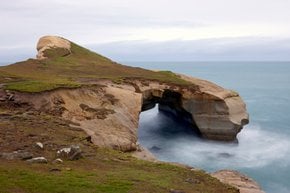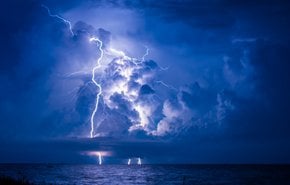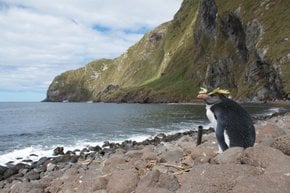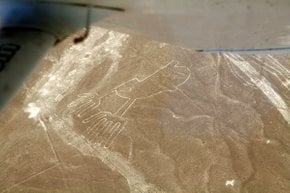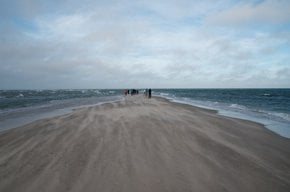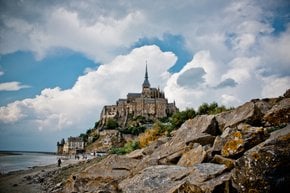Potash Evaporation Ponds in Utah 2026
A breathtaking contrast of vibrant blue waters against the rugged desert landscape
Best time: May–September (all year round)
The Potash Evaporation Ponds near Moab, Utah, offer an extraordinary contrast of bright blue pools against the region's iconic red desert landscape. This natural-meets-industrial spectacle, managed by Intrepid Potash, Inc., combines utility with visual allure, drawing the curiosity of many visitors each year.
Best Viewing Seasons and Locations
The ponds are active year-round, but the summer months (May to September) offer the most vibrant colors due to intense evaporation. Viewing is possible from multiple vantage points.
Dead Horse Point State Park
Dead Horse Point State Park provides panoramic views of the ponds from above without requiring specialized vehicles. It is a popular choice for visitors already exploring nearby Canyonlands National Park. The entrance fee to Dead Horse Point State Park is $20 per vehicle.
Potash Scenic Byway
Another option is the Potash Scenic Byway (State Route 279), which follows the Colorado River and passes close to the ponds. While offering an up-close perspective, parts of the route may require a high-clearance or four-wheel-drive vehicle.
Access and Visiting Conditions
The Potash Evaporation Ponds are located approximately 25 miles (40 km) southwest of Moab and are best reached by car. Visitors should note that the ponds are situated on private property, and entry is not allowed without permission. Views are limited to public roads and nearby parks. There are no amenities along the dirt roads leading to the ponds. Visitors should carry water, snacks, and essentials, especially during the hot summer months.
What Are the Potash Evaporation Ponds?
These ponds are managed by Intrepid Potash Inc., the largest producer of potassium chloride in the U.S. They cover a territory of 0.57 square miles (1.5 km2) along the Colorado River, 18.6 miles (30 km) west of Moab. The ponds are lined with rubber to keep the salts in. The bright blue color you may see is the result of adding an artificial dye, which protects them from the absorption of sunlight and evaporation. As the sun evaporates the water in the pond, the crystals of potassium and salt remain.
The potash source is located at a depth of 3000 feet (914 m) under the 300 million-year-old Paradox Basin. To extract the potassium from there, special wells are drilled, and hot water is pumped to dissolve the potassium. Such solar saltwater ponds can be used as a source of solar thermal energy for power generation, desalination, and process heating.
Historical Context
The ponds were initially developed in the 1960s by Texas Gulf, but the mining process transitioned to solution mining after a tragic explosion in an underground mine. This method, paired with solar evaporation, has made the Moab facility one of the most recognizable potash production sites in the U.S.
Nearby Attractions
The area surrounding the ponds is rich in natural beauty, with several notable attractions nearby. Just north of Moab is Arches National Park, renowned for its dramatic stone arches. Southwest of the ponds lies Canyonlands National Park, celebrated for its expansive canyons and mesas. Dead Horse Point State Park offers sweeping vistas of the Colorado River and the surrounding landscapes.




























